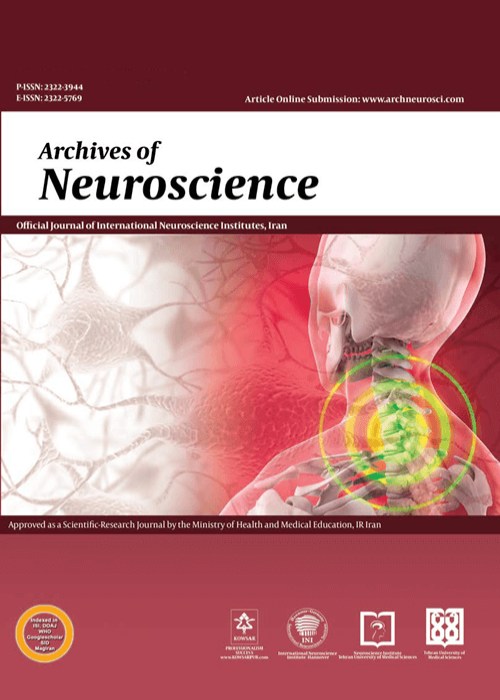Evaluation of the Prevalence and Predictive Factors of Post-COVID Cognitive Disorders Among Iranian COVID-19 Recuperated Individuals: A Bayesian Analysis
Coronavirus disease 2019 (COVID-19), as a global crisis, has impacted all aspects of human life, even long after its universal containment. Among these impacts, COVID-related cognitive disorders (CDs) are significant, particularly when they persist over the long term. Cognitive disorders are characterized by the brain’s inability to process, store, and utilize information for reasoning, judgment, perception, attention, comprehension, and memory.
Given the persistence of COVID-related CDs even long after recovery, this study aimed to determine the prevalence and predictive factors of CDs among individuals who had recovered from COVID-19 in Iran, using Bayesian analysis.
In this regional cross-sectional analytical study, 300 individuals were randomly selected from three hospitals in Tehran, Iran. The subjects were evaluated using the Clinical Demographic Information Questionnaire, Montreal Cognitive Assessment (MoCA), the Pittsburgh Sleep Quality Index (PSQI), the Obsessive-Compulsive Inventory-Revised (OCI-R), the Depression, Anxiety, and Stress Scale 21 (DASS-21), and the Posttraumatic Stress Disorder (PTSD) Checklist for DSM-5 (PCL-5). The obtained data were analyzed using SPSS software (version 26) to determine the prevalence of CDs, identify predictive factors, and examine the interrelationship between CDs and other COVID-related disorders.
Among the 300 participants, only 81 individuals (27%) exhibited CDs. The majority of the aforementioned subjects were patients at hospital A (46.91%), and their recovery occurred between 12-18 months ago (39.51%). Among these variables, only the difference in the hospital variable was statistically significant (P = 0.001). Furthermore, there were correlations between CDs and obsessive-compulsive disorder (OCD), anxiety, and stress, although they were not statistically significant. Ultimately, PTSD (BF = 0.58, P = 0.02), older age (BF = 0.0001, P = 0.0001), hospitalization at hospital A (BF = 0.35, P = 0.001), lower arterial oxygen saturation (SaO2) (BF = 0.01, P = 0.0001), and longer hospitalization (BF = 0.001, P = 0.0001) were identified as the most robust predictors for the presence of CDs among individuals recovering from COVID-19.
In conclusion, CDs were observed in less than half (27%) of individuals who had recovered from COVID-19. Sociodemographic and health disparities contributed to variations in the prevalence, severity, and significance of these disorders.
- حق عضویت دریافتی صرف حمایت از نشریات عضو و نگهداری، تکمیل و توسعه مگیران میشود.
- پرداخت حق اشتراک و دانلود مقالات اجازه بازنشر آن در سایر رسانههای چاپی و دیجیتال را به کاربر نمیدهد.



